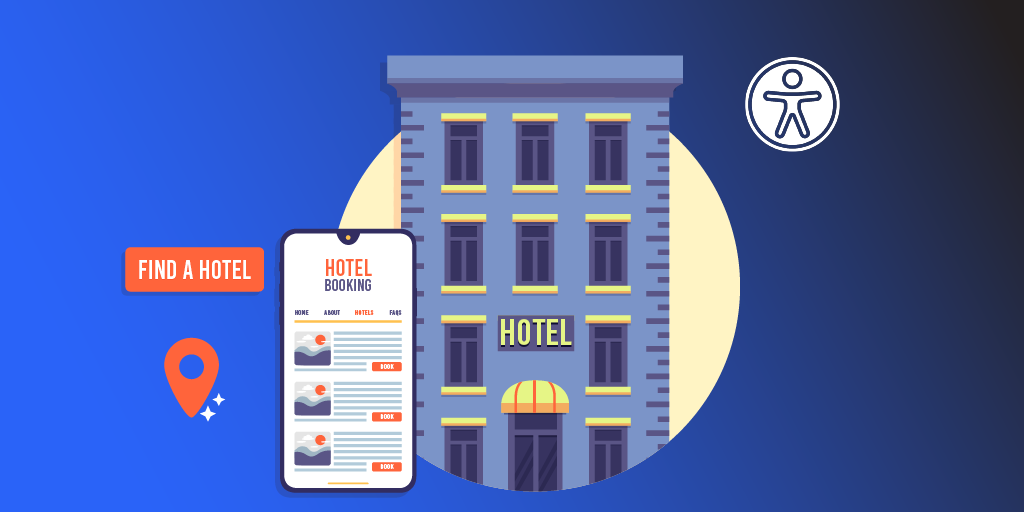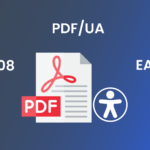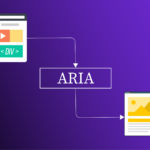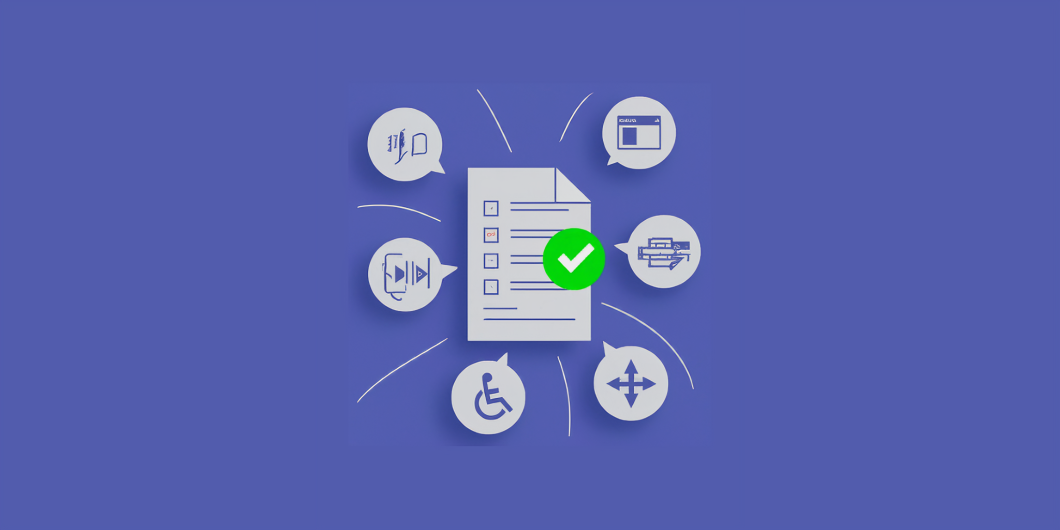The hospitality industry is at a crossroads. With approximately 1 in 4 adults in the U.S. living with some form of disability, hotels and travel services must adapt to meet diverse needs. Yet, many establishments still fall short in providing accessible services. The surge in online travel planning and booking means that inaccessible digital experiences – from websites and booking forms to videos and virtual tours – don’t just frustrate potential guests; they create legal and reputational risks that hospitality businesses can’t afford to ignore.
This article explores the two significant challenges and provides actionable solutions to help hospitality businesses create inclusive digital experiences for all guests.
Booking Systems: Overcoming the Barriers to Inclusion
Digital booking systems are the cornerstone of modern hospitality, yet many platforms inadvertently exclude guests with disabilities through poorly designed interfaces. Critical issues range from poor color contrast and unlabeled form fields to navigation tools that fail basic accessibility standards.
Consider a guest using a screen reader encountering an unlabeled “Reserve Now” button, or someone relying on keyboard navigation struggling with an inaccessible calendar widget. These seemingly minor oversights can derail the entire booking process, driving potential guests to more inclusive competitors. Beyond lost revenue, flawed systems risk legal consequences and damage to brand reputation.
Solution: To create an inclusive, guest-friendly booking system, hotels and resorts must integrate accessibility principles directly into their platform’s design and maintenance. Here’s how:
1. Audit Your Booking System
Conduct a comprehensive review of your current booking platform using accessibility tools and user testing. Focus on critical areas such as:
- Room selection pages
- Date pickers for reservations
- Payment forms
- Special requests or add-ons sections
This will help identify barriers like missing labels, low contrast, or inaccessible forms.
2. Design for Universal Accessibility
Accessibility is not just compliance – it’s about offering a seamless guest experience. For example:
- Label all fields clearly (e.g., “Guest Name,” “Check-In Date”) so screen reader users can navigate them easily.
- Ensure action buttons like “Book Now” are descriptive and provide context, such as “Confirm Your Reservation for Deluxe Suite.”
- Simplify navigation with intuitive menus that work with both a mouse and keyboard.
3. Optimize for Keyboard Navigation
Many guests rely on keyboard navigation due to motor disabilities. Make sure that every part of the booking journey, from selecting dates to entering payment details, can be completed using the keyboard alone. Add visible focus indicators to show where the user is on the page.
4. Improve Calendar and Date Picker Accessibility
Many booking systems rely on interactive calendar widgets that are often inaccessible. Design calendars that allow keyboard navigation and include screen reader-friendly instructions like “Use arrow keys to select dates.”
5. Provide Clear and Accessible Error Messages
Ensure error messages, such as those for incomplete fields or invalid payment details, are easy to understand and announced by screen readers. For example, “Please enter your email address in the format: example@example.com.”
6. Enhance Visual Elements for All Guests
Use high-contrast color schemes to make content easier to read for visually impaired users. Ensure text sizes are adjustable, so guests can read important details about room amenities or cancellation policies.
7. Test with Assistive Technologies
Test your platform with screen readers, magnification tools, and voice recognition software. Simulate the guest journey from browsing rooms to confirming a booking to ensure that each step is accessible.
8. Regularly Update for Compliance
Accessibility standards like WCAG 2.2 and evolving regulations require continuous updates. Schedule regular audits and user testing to keep your platform compliant and guest-friendly.
Electronic Resources: Elevating Accessibility Across Hospitality
The hospitality industry handles a vast array of documents, multimedia, and materials that shape the guest experience – from the moment they book a stay to their time at the property.
Unfortunately, many of these resources remain inaccessible. PDFs lacking proper tagging, restaurant menus without screen reader compatibility, and promotional videos without captions create barriers for guests with disabilities. These shortcomings can make critical information difficult or impossible to access, leaving guests feeling excluded.
For instance, an inaccessible safety guide might make evacuation procedures unclear, or a poorly formatted restaurant menu might prevent a guest from making independent dining choices. Similarly, a promotional tourism video without captions can exclude guests who are deaf or hard of hearing. These gaps signal a lack of inclusivity and can deter guests from choosing or recommending your brand.
Solution: Hospitality professionals must prioritize accessible electronic resources to ensure all guests can fully engage with their offerings. Here are approaches to achieve this:
1. Accessible Documents
Ensure that all critical documents, such as menus, booking confirmations, safety guides, and property directories, are:
- Tagged and Structured: Use semantic tagging for headings, tables, and lists in PDFs to make them screen reader-compatible. For example, a restaurant menu should use proper tags so guests with vision impairments can navigate dish categories effortlessly.
- Offered in Multiple Formats: Provide HTML versions of menus and guides alongside PDFs to enhance compatibility with assistive technology.
- Visually Clear: Use high-contrast text and adjustable font sizes to ensure readability for guests with low vision.
2. Accessible Multimedia Content
Multimedia resources are often a key part of hospitality marketing and guest engagement. Here’s how to make them accessible:
- Tourism Videos: Include accurate captions to ensure guests who are deaf or hard of hearing can follow along. Captions also make content easier to engage with in noisy environments, like airports or lobbies.
- Virtual Tours: Provide written transcripts of virtual tours or audio descriptions for images, so guests with hearing or vision impairments can enjoy the experience equally.
- Event Announcements: Add audio descriptions to event videos, helping visually impaired guests understand visual-only content.
3. Incorporate Descriptive Alt Text for Images
Use alt text to describe images in property guides, safety manuals, and menus. For instance, a description like “Image of a Deluxe Suite with a king-sized bed and ocean view” can provide valuable context for visually impaired guests.
4. Provide Accessible Navigation
- Design digital documents with logical navigation, such as bookmarks for different sections in PDFs, so guests can quickly locate relevant information.
- For online resources, ensure that dropdown menus and search functions are keyboard and screen-reader friendly.
5. Maintain Regular Testing and Updates
- Conduct accessibility audits of your electronic resources using both automated tools and guest feedback.
- Test multimedia content with assistive technologies like screen readers, magnifiers, and captioning tools to ensure compatibility.
- Keep resources up to date with evolving accessibility standards, such as WCAG 2.2.
How Documenta11y Can Help
At Documenta11y, we don’t just remediate digital content; we build long-term partnerships with organizations to ensure every guest interaction is seamless and inclusive. The hospitality industry thrives on delivering exceptional guest experiences, and we’re here to ensure that your digital platforms align with this goal.
What Sets Us Apart:
- Deep Expertise Across Industries: With years of experience in accessibility, we understand the unique challenges of hospitality businesses. Whether it’s digital documents, multimedia, or booking systems, we’ve seen it all – and solved it.
- Customized Solutions for Your Needs: We recognize that no two projects are the same. Our approach involves tailoring remediation strategies to fit your brand’s unique style, functionality, and compliance requirements.
- Cutting-Edge Technology Meets Human Insight: We combine advanced tools and technology with skilled experts to deliver high-quality, error-free remediation that’s both efficient and effective.
- Commitment to Confidentiality: In an industry where trust is paramount, we prioritize data security and confidentiality for all projects, ensuring peace of mind for your organization.
- End-to-End Support: From initial consultation to ongoing compliance updates, we’re with you every step of the way, providing clarity, guidance, and results.
Embracing Accessibility as an Opportunity
Digital accessibility can no longer be a choice for the hospitality industry but rather a burning need of the hour. By bridging the gaps in booking systems and digital documentation the hospitality industry can so easily improve guest experiences.
By prioritizing accessibility, the hospitality industry can not only meet the needs of all guests but also position itself for long-term success in an increasingly inclusive digital landscape. To learn more about how we can support your accessibility efforts, schedule a consultation today. Together, we can make your hospitality business welcoming to all.

 5 Key Things to Look for When Choosing a PDF Accessibility Partner
5 Key Things to Look for When Choosing a PDF Accessibility Partner How Semantic Structure and Regions Improve Digital Accessibility
How Semantic Structure and Regions Improve Digital Accessibility Less ARIA, More Accessibility: Documenta11y's Guide to Cleaner Web Content
Less ARIA, More Accessibility: Documenta11y's Guide to Cleaner Web Content

